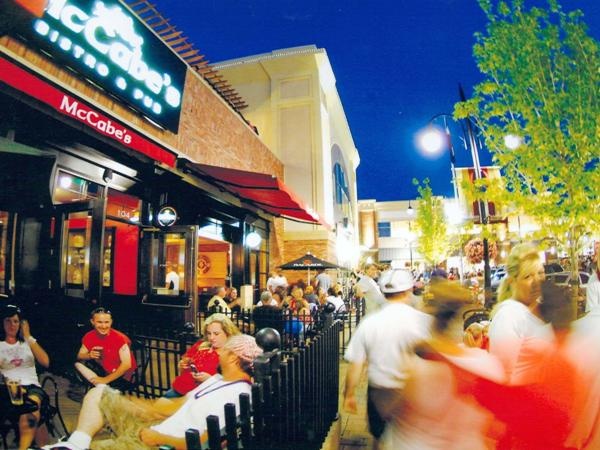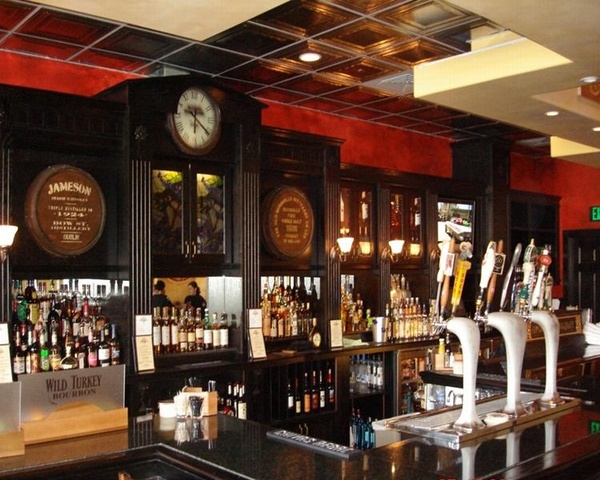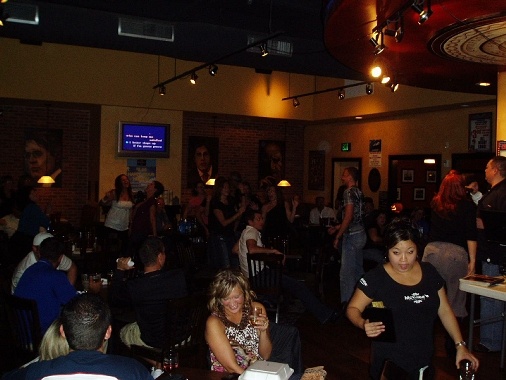Welcome to McCabe's Bistro and Pub
McCabe’s Irish Bistro and Pub is more than just a meal. Yes, the menu features an extensive lunch and dinner menu, including pub staples such as Sirloin Shepherd’s Pie and lighter options such as salads, sandwiches and soups. But McCabe’s is a gathering spot, like the ‘pub’ for which it is named.

The Irish-inspired interiors offer the perfect spot for dining with friends and family. The local rugby team or just a gang of friends can engage in a friendly match of billiards or darts in the upstairs billiards room. Quiet moments are at the ready in the secluded library, inspired by the great Irish poets watching from the walls above.
If warm Colorado sunshine is what you crave, pick McCabe’s patio or second-floor deck overlooking Southland’s Main Street. Even in the winters you can enjoy our deck, with numerous fire pits throughout to warm the fingers and toes.

Friday or Saturday night? Stop by to McCabe’s for live music in the expansive bar, Irish performers are featured, with their sultry sounds and haunting voices, but McCabe’s also fetures local bands of all types – rock, jazz, blues, you name it!
Our beautiful library is available for private parties, and the V.I.P seating (feel like a star at the top of the grand staircase) is available by reservation.
Whatever the occasion, friendly service awaits, along with fine food and drink, and a bit o’ the Irish!
McCabe's is Aurora's Favorite Meeting Place for Food, Drinks & Entertainment!




|
|


 Menu
Menu





